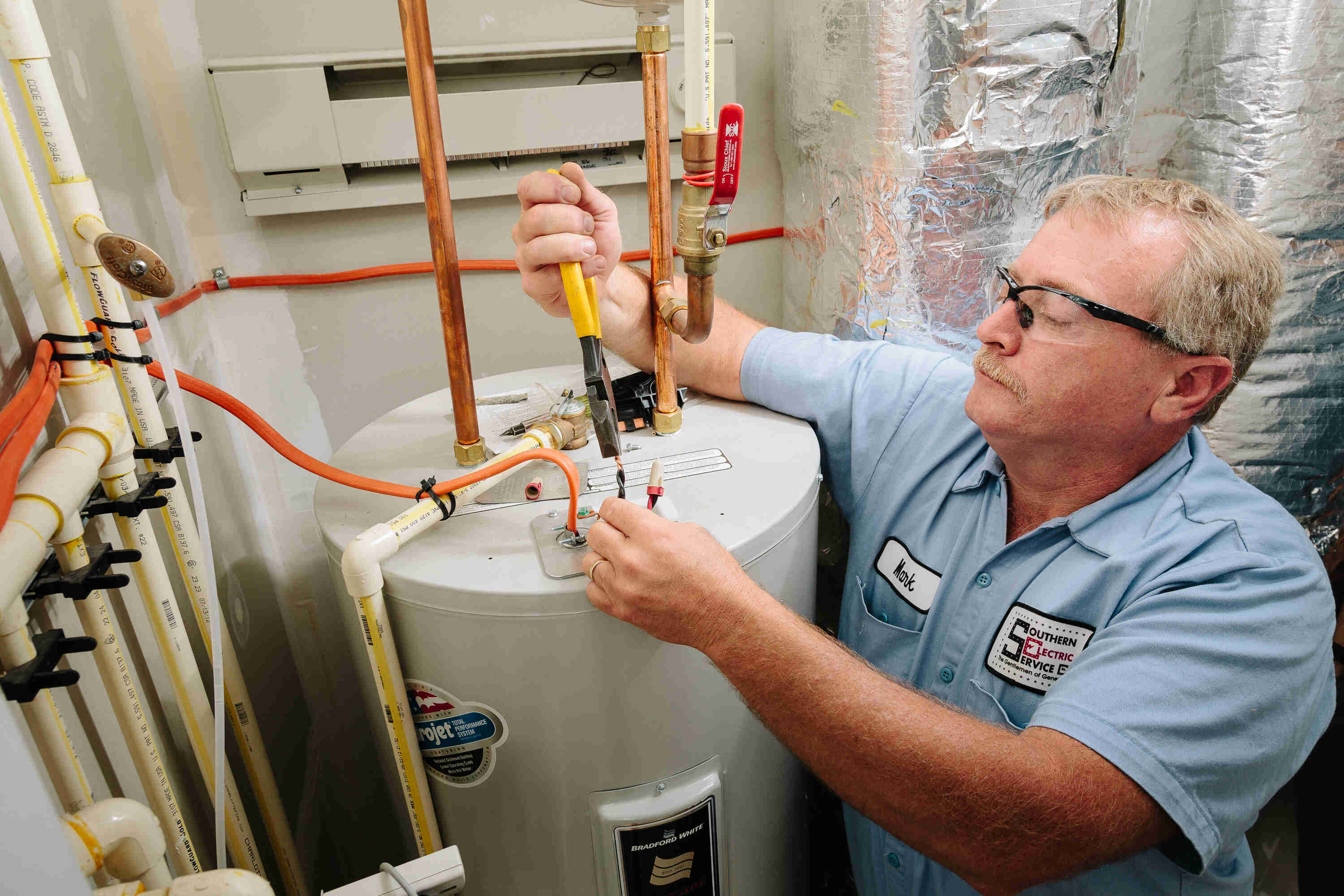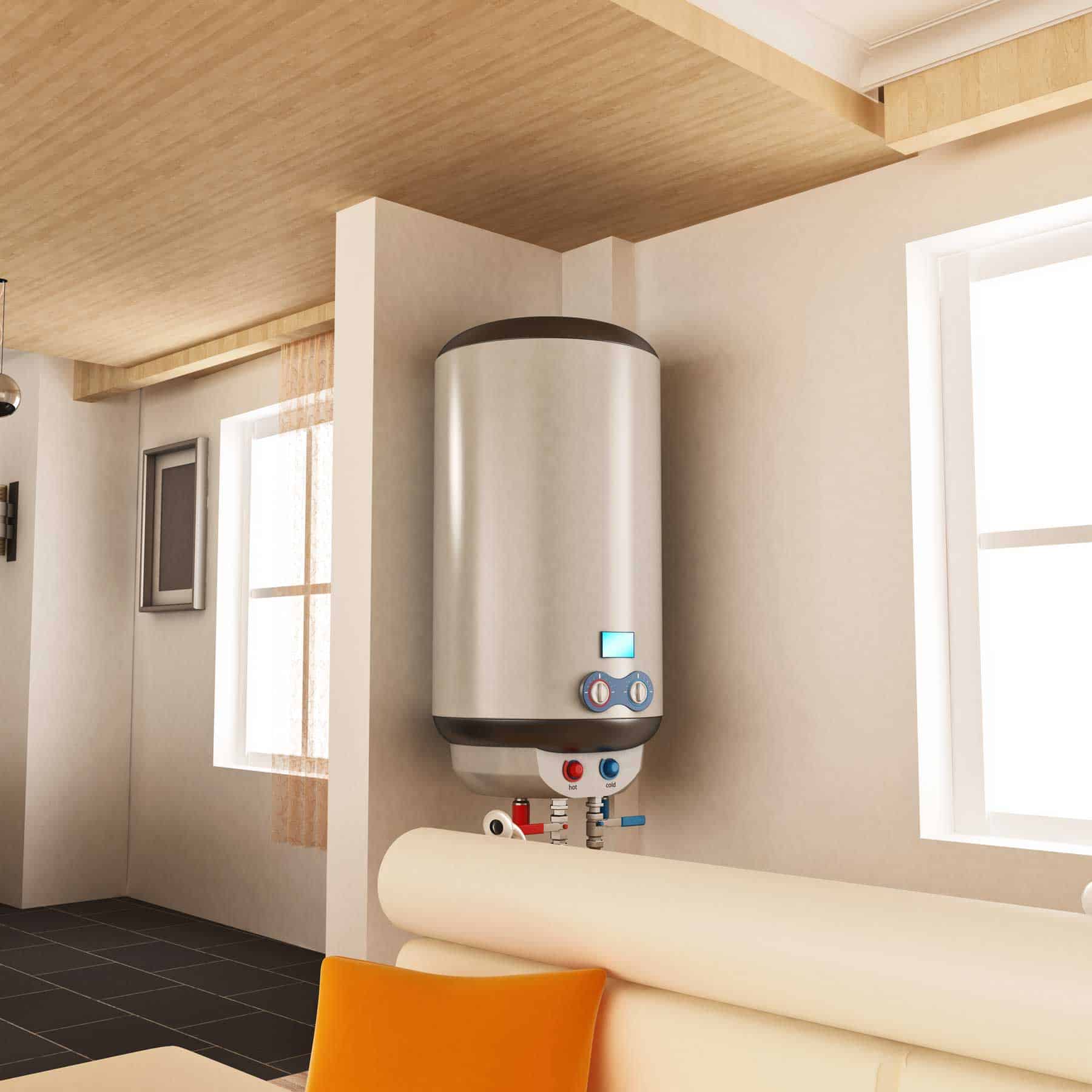Simple Methods to Maintain Your Home's Hot Water System Properly
Simple Methods to Maintain Your Home's Hot Water System Properly
Blog Article
Listed here below you will discover some superb information and facts related to How to Maintain Your Water Heater & Prolong its Life.

Warm water is essential for day-to-day comfort, whether it's for a refreshing shower or cleaning meals. To ensure your warm water system runs effectively and lasts much longer, routine upkeep is key. This write-up offers practical pointers and insights on just how to preserve your home's hot water system to prevent interruptions and costly repair work.
Introduction
Maintaining your home's hot water system could appear overwhelming, yet with a couple of basic steps, you can ensure it operates smoothly for several years to find. This guide covers everything from understanding your warm water system to DIY upkeep ideas and understanding when to call in specialist assistance.
Importance of Keeping Your Warm Water System
Normal maintenance not just expands the life expectancy of your warm water system but additionally ensures it runs successfully. Overlooking upkeep can bring about reduced performance, higher power costs, and even early failure of the system.
Indications Your Warm Water System Needs Maintenance
Recognizing when your hot water system requires interest can stop major problems. Keep an eye out for signs such as inconsistent water temperature, odd noises from the heating unit, or rusty water.
Flushing the Hot Water Heater
Purging your water heater removes sediment buildup, enhancing effectiveness and extending its life.
Monitoring and Replacing Anode Rods
Anode rods avoid rust inside the tank. Evaluating and replacing them when worn is vital.
Complex Problems Needing Expert Assistance
Instances consist of significant leaks, electrical issues, or if your hot water heater is continually underperforming.
Routine Professional Maintenance Conveniences
Specialist upkeep can include comprehensive examinations, tune-ups, and making sure compliance with safety criteria.
Checking and Changing Temperature Setups
Changing the temperature setups makes sure optimal efficiency and security.
DIY Tips for Upkeep
You can carry out several upkeep tasks yourself to keep your warm water system in leading problem.
Checking for Leaks
Routinely inspect pipelines and links for leakages, as these can result in water damage and greater costs.
Comprehending Your Hot Water System
Before diving right into upkeep tasks, it's useful to understand the standard elements of your hot water system. Generally, this includes the hot water heater itself, pipelines, anode rods, and temperature level controls.
Month-to-month Maintenance Tasks
Regular month-to-month checks can assist catch minor issues prior to they rise.
Evaluating Pressure Alleviation Valves
Checking the pressure safety valve ensures it functions appropriately and stops excessive stress accumulation.
Insulating Pipelines
Protecting warm water pipelines decreases warmth loss and can save power.
When to Call an Expert
While DIY upkeep is useful, some issues call for professional expertise.
Final thought
Regular upkeep of your home's hot water system is crucial for efficiency, long life, and price savings. By complying with these ideas and knowing when to look for professional aid, you can guarantee a reliable supply of hot water without unanticipated disruptions.
How to Maintain an Instant Hot Water Heater
Before tinkering with your hot water heater, make sure that it’s not powered on. You also have to turn off the main circuit breaker and shut off the main gas line to prevent accidents. Also turn off the water valves connected to your unit to prevent water from flowing into and out of the appliance. 2. When you’re done, you have to detach the purge valves’ caps. These look like the letter “T†and are situated on either side of the water valves. Doing so will release any pressure that has accumulated inside the valves while at the same time avoid hot water from shooting out and burning your skin. 3. When the purge valves’ caps are removed, you have to connect your hosing lines to the valves. Your unit should have come with three hoses but if it didn’t, you can purchase these things from any hardware or home repair shops. You can also get them from retail stores that sell water heating systems. Read the user’s manual and follow it to complete this task properly. When the hosing lines are connected, open the purge port’s valves. 4. You should never use harsh chemical cleaners or solutions when cleaning your unit. Make use of white vinegar instead. It should be undiluted and you’ll probably use about 2 gallons. 5. Now flush your water heater. This task should probably take about 40 minutes. We can’t give you specific directions for this because the procedure is carried out depending on the type, model and brand of your heater. With that being said, refer to the user’s manual. 6. When you’re done draining the unit, you have to turn off the purge port valves again. Remove the hosing lines that you earlier installed on each of the water valves. Put the valve caps (purge port) back in their respective places and be very careful so as not to damage the rubber discs that are found inside these caps. 7. Now that everything’s back in place, check your user’s manual again to find out how to reactivate your water heating system. 8. Once it is working, turn one of your hot water faucets on just to let air pass through the heater’s water supply pipes. Leave the tap on until water flows smoothly out of it. https://www.orrplumbing.com/blog/2014/september/how-to-maintain-an-instant-hot-water-heater/

Do you enjoy more info about Water Heater Maintenance Tips You Can't Afford to Forget? Create feedback below. We will be delighted to hear your reactions about this blog. Hoping that you come back again before long. Sharing is caring. One never knows, you will be helping someone out. Thank you for going through it.
Book Today Report this page